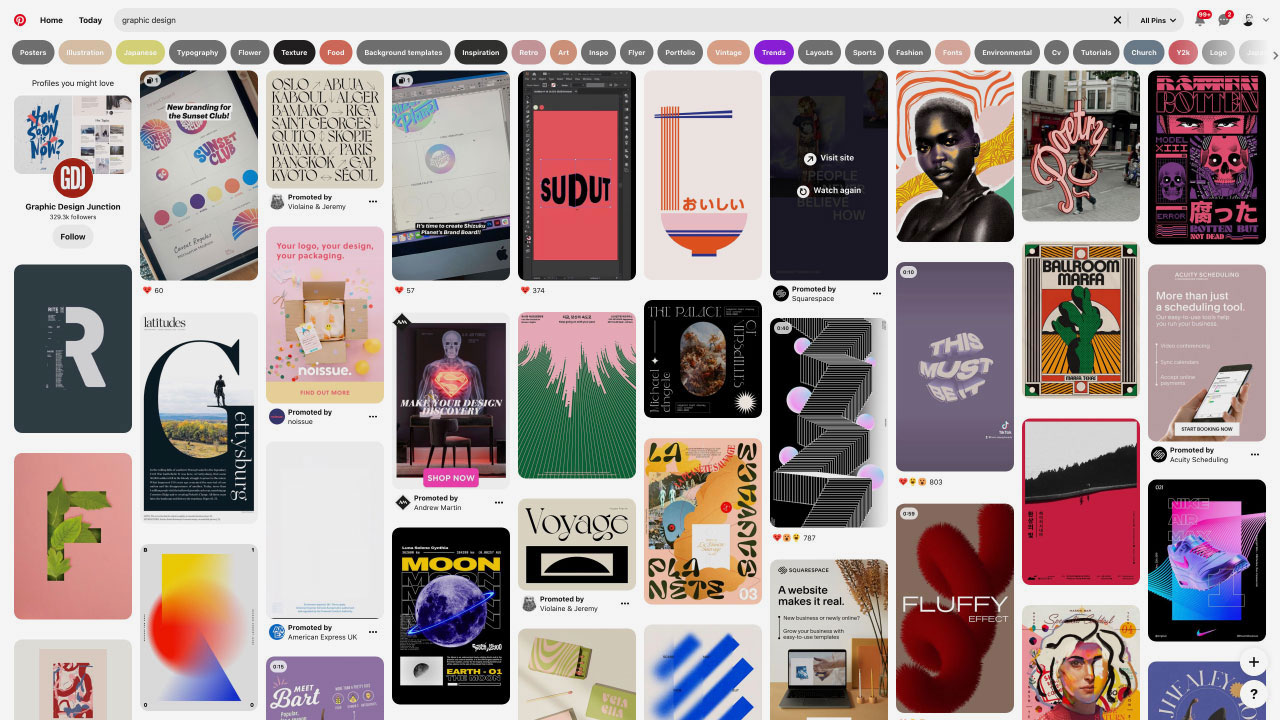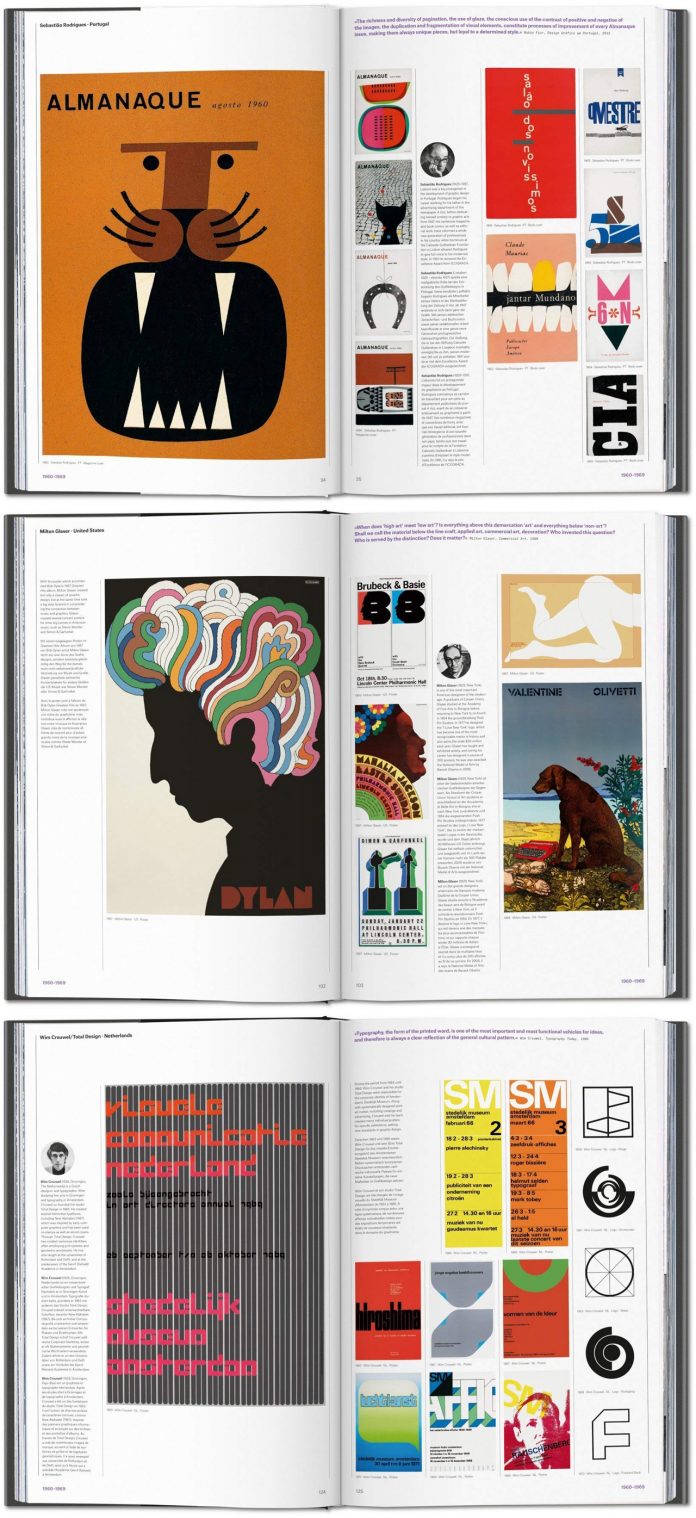Graphic design 20th Century, Typography, Visual Communication
Table Of Content

Around 38,000 BCE, our ancestors left us awe-inspiring cave paintings like those found in Lascaux, France. These ancient artworks weren't merely decorative; they were early attempts to communicate ideas and share stories. One of the key figures in the development of modern graphic design was William Morris.
Iconic Designers and Their Contributions
Fast forward to 3300–3000 BCE, and we encounter the Sumerians and their remarkable invention of cuneiform writing. Through wedge-shaped symbols pressed into clay tablets, they communicated complex ideas and recorded historical events. Similar to design trends, some will be popular for a while until eventually something else replaces them. Remember the gradients and bevels that existed in early app design when the iPhone first came about? Bauhaus was an influential art and design movement that began in 1919 in Weimar, Germany.
Type #6: Packaging Design
He was best known for his distinctive posters, advertising products, theatre shows, and more. Graphic designers of the time, like Jules Chéret and Alphonse Mucha, produced vibrant poster art that popularised the Art Nouveau style. Their works demonstrated how images and text could be creatively combined through colour, composition, and typography to make compelling adverts and packaging. The innate human drive to express, document, and connect through images has continuously adapted to suit society's changing needs, propelling the ever-evolving visual vocabulary we call graphic design. Designs created in the digital age are not limited to printing media like book covers, posters, or magazine layouts; they have become an integral part of website design, mobile apps, social media ads, and more.
Articles and Insights
The austere visual language developed by artistic movements such as De Stijl in the Netherlands and by Suprematism and Constructivism in Russia influenced a Modernist approach to page layout. Suprematism, founded by Kazimir Malevich, inspired a young generation of designers to move toward a design based on the construction of simple geometric forms and elemental colour. Attributes of this approach in design included an underlying structure of geometric alignments, asymmetrical composition, elemental sans-serif typefaces, and simple geometric elements. Ornament was rejected, and open areas of white space were used as compositional elements. Works by the Russian Constructivist El Lissitzky exemplify this design approach. He developed design programs that utilized consistent type elements and placements.
Graphic communications became more important, photography was invented, and the upgrade of printers, advertisements, and the overall advancement of the history of posters also took place. As a major turning point in the history of mankind, it touched almost every aspect of daily life. The general industrial design mechanization acted as a strong accelerator of processes.
History of the Art & Design Department - CMUnow
History of the Art & Design Department.
Posted: Sun, 18 Apr 2021 06:17:00 GMT [source]
Poster design in Japan

Product designers have to make sure that the products they create work well for the end user. Sometimes this involves reinventing the wheel on products that people already use and love while other times it can be helping to design something completely new. This alone is the most important type for you, as a business professional, to know. Brands take advantage of graphic design in their logos, marketing materials, ads, website graphics, and even internal documents and email communications. When we think of the “greats of graphic design history,” names like Saul Bass, the Bauhaus style movement, or even the “See America” posters come to mind. Graphic design and design as a whole is constantly evolving to match the needs of both patrons and consumers, and current design has been influenced by everything in its history.
Heraldry is a system by which coats of arms are devised, described, and regulated. In all likelihood, the first logo was the coat of arms, which became a symbol used to represent family houses or territories. Graphic design was even displayed on cave walls (did you know that the other name for cave paintings is ‘parietal art?’) and ceilings, and they date back to around 38,000 BCE in Eurasia. The Bauhaus was a pioneering school of art, architecture, and design that operated in Germany between 1919 and 1933. Founded by architect Walter Gropius, the core objective of the Bauhaus was to reimagine the material world to reflect the unity of all the arts.
Future of graphic design
By the late 19th century, iconic brand identities had emerged, such as the Bass red triangle, the Guinness toucan, and the Coca-Cola script font. Modern graphic design software like Canva, Krita, Affinity Photo, and more have made the graphic design process simpler, more dynamic, and more diverse. From sleek minimalism to bold, expressive typography, designers continue to push boundaries and challenge conventions. His logo designs, like the timeless IBM and ABC, are testaments to the power of simplicity.
Early developments
History of Turkish Graphic Design - Graphéine
History of Turkish Graphic Design.
Posted: Sun, 28 Jan 2018 08:00:00 GMT [source]
This process, which was accomplished by applying ink to a raised carved surface, allowed multiple copies of texts and images to be made quickly and economically. This paper provided an economical surface for writing or printing; other substrates, such as parchment and papyrus, were less plentiful and more costly to prepare than paper. Typography is discussed in this essay as an element of the overall design of a visual communication; for a complete history, see typography. Similarly, the evolution of the printing process is discussed in this essay as it relates to developments in graphic design; for a complete history, see printing. After the Second World War, with the emergence new color printing technology and particularly appearance of computers the art of posters underwent a new revolutionary phase. People can create color poster on their laptop computers and create color prints at a very low cost.
The process was developed in Germany in the 1430s from the engraving used by goldsmiths to decorate metalwork. Engravers use a hardened steel tool called a burin to cut the design into the surface, most traditionally a copper plate.[60] Gravers come in a variety of shapes and sizes that yield different line types. Motion graphic or animation design is another type of design that you often see in videos and GIFs. Both fonts in this font pair below were also designed by someone who specializes in creating typefaces. Here are a few statistics that help further our point of just how essential the graphic arts are. Putting together all of the different elements and principles can turn a design into a professional-looking graphic.
In its initial years, the Bauhaus held an Expressionist and utopian view of design, but it later moved toward a functionalist approach. Bauhaus artists and designers sought to achieve a new unity between art and technology and to create functional designs—often utilizing the pure forms of Modernism—that expressed the mechanization of the machine age. Among his numerous contributions, Moholy-Nagy introduced a theoretical approach to visual communications. Important in his theory was the use of photomontage (a composite photographic image made by pasting or superimposing together different elements) as an illustrative medium.
Logical, modular grid systems provided a structured framework to align different elements, something now considered essential for most forms of graphic design. Realistic photography was preferred over more expressive illustration, alongside neutral sans-serif typefaces such as Helvetica. Fast forward to the 20th century, and the advent of computers and design software like Adobe Photoshop and Illustrator brought another seismic shift. These digital tools gave designers unprecedented control and flexibility, allowing for more complex layouts, digital art, and real-time editing, thereby opening up new avenues for creativity and innovation. Copperplate engraving became an important medium for book illustrations during this period. This allowed book illustrations to be produced with finer lines and greater detail than woodblock printing.
The history of graphic design stretches so far back that it encompasses the entire history of art. When you’re selling something that many other companies sell, you need to find some way to stand out — a lot of times your packaging can help you do just that. Publication design encompasses the design of things like magazines, ebooks, white papers, reports, books, newsletters, brochures and more.
With more and more companies recognizing the benefit of graphic design, it was just a matter of time before the first graphic design agency emerged. That honor belongs to Austria’s Wiener Werkstätte, an organization who made contributions to design style and business alike. In the Middle Ages, typography started to take off as humanity started expanding its aesthetic horizons into the letters and words themselves. Because texts in this period were produced and replicated by hand, a little artistry made the books more valuable and set certain scholars apart from others. In Islamic cultures, typography was doubly important because figurative art was seen as sacrilegious, meaning typography was one of only a few permissible ways of artistic expression.
The further the technological progress reached, the more the world of graphic, minimalist design could develop and spread its wings. In the 20th century, advancements in materials and technology have continued to shape the development of storefront signage. Today, signs can be made from various materials, including plastic, metal, and LED lights, and can be designed to be illuminated, animated, or even interactive. For example, in ancient Rome and Greece, shopkeepers would hang painted signs outside their establishments to advertise their goods and services. In medieval Europe, guilds of tradespeople would display their guild symbols on signs outside their shops.
Comments
Post a Comment